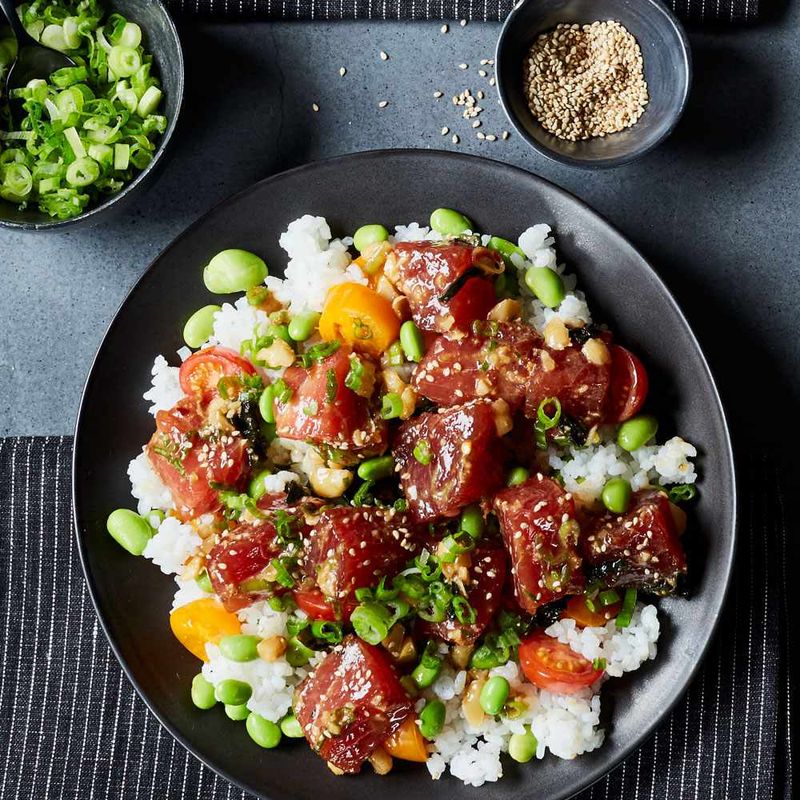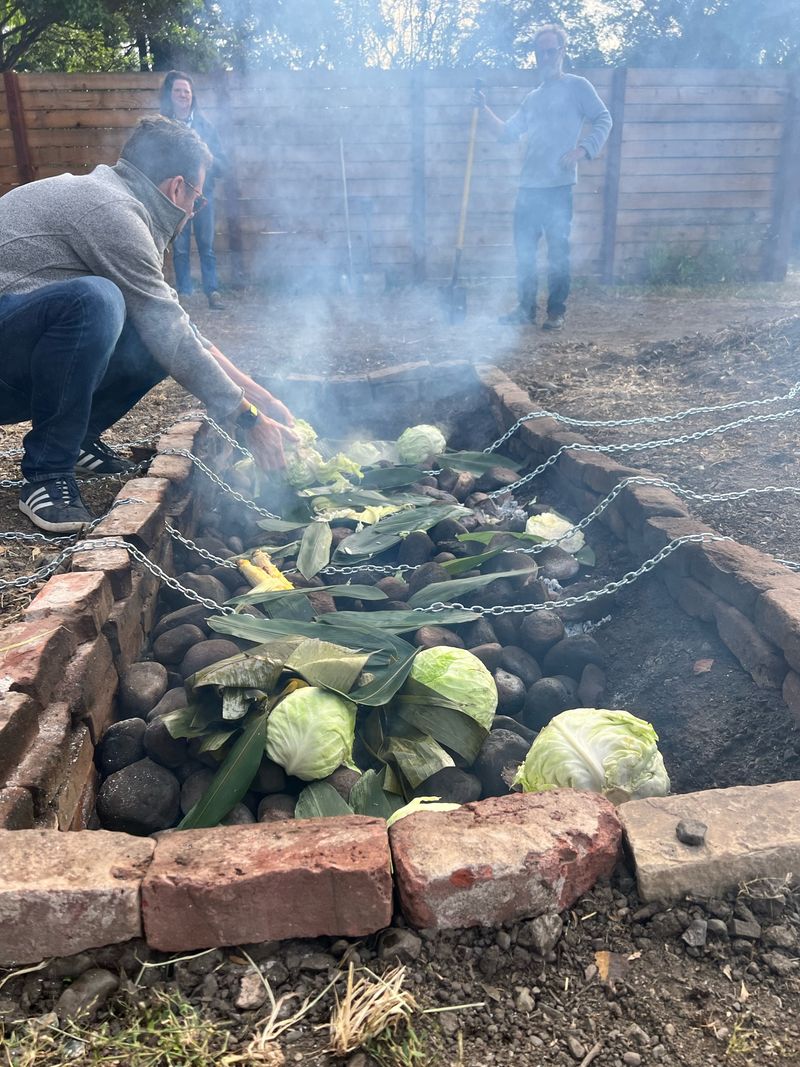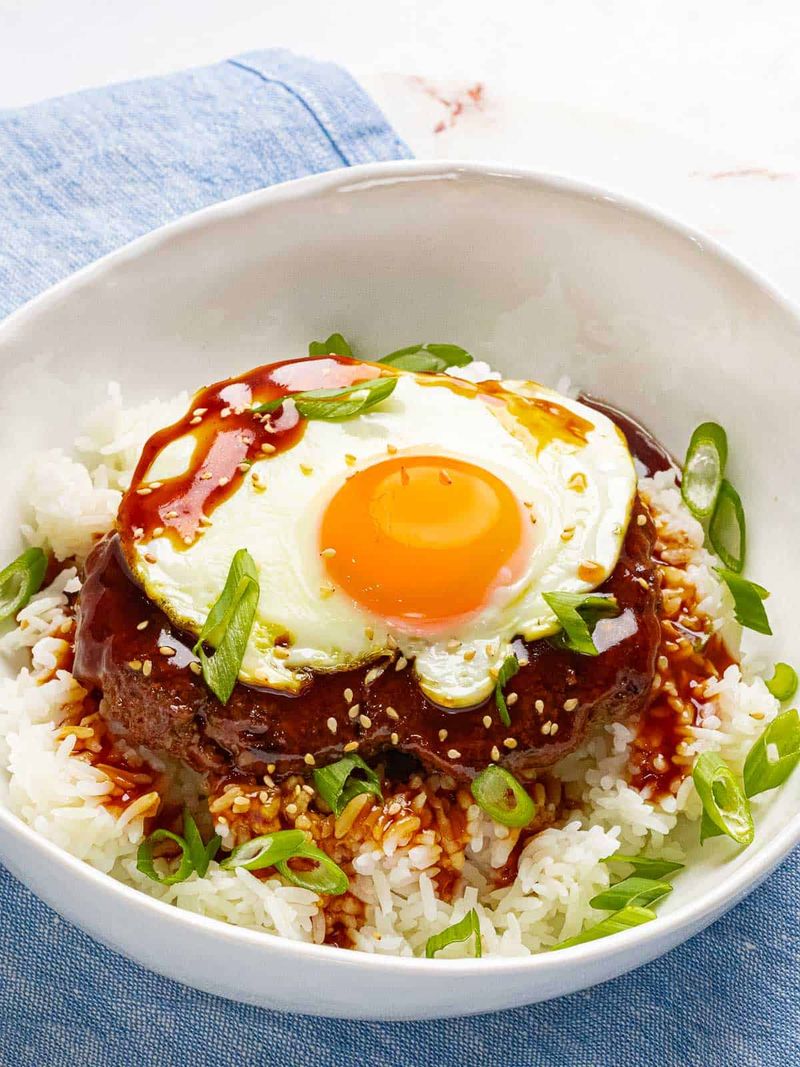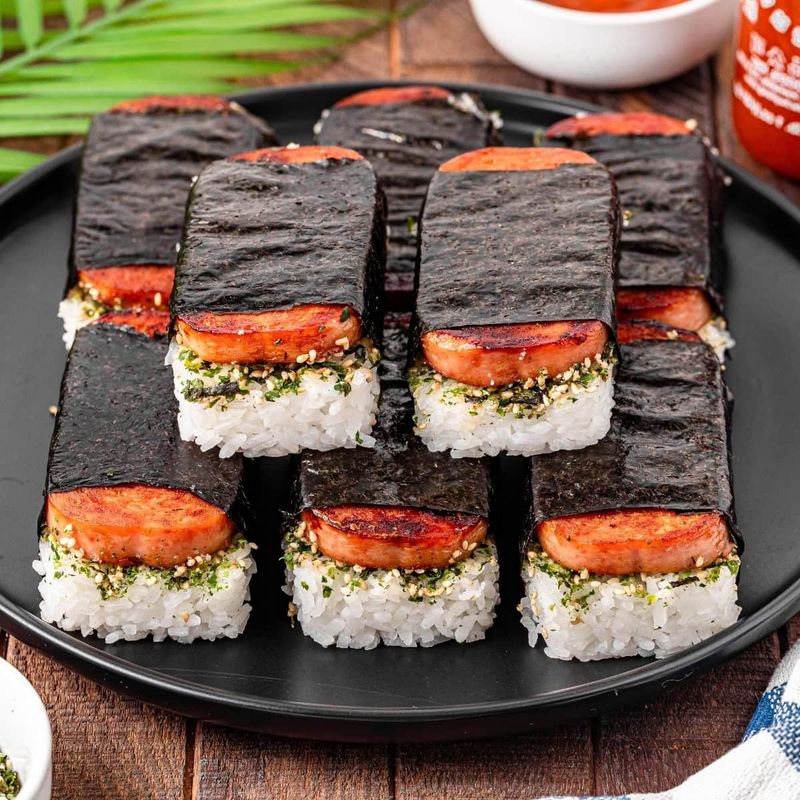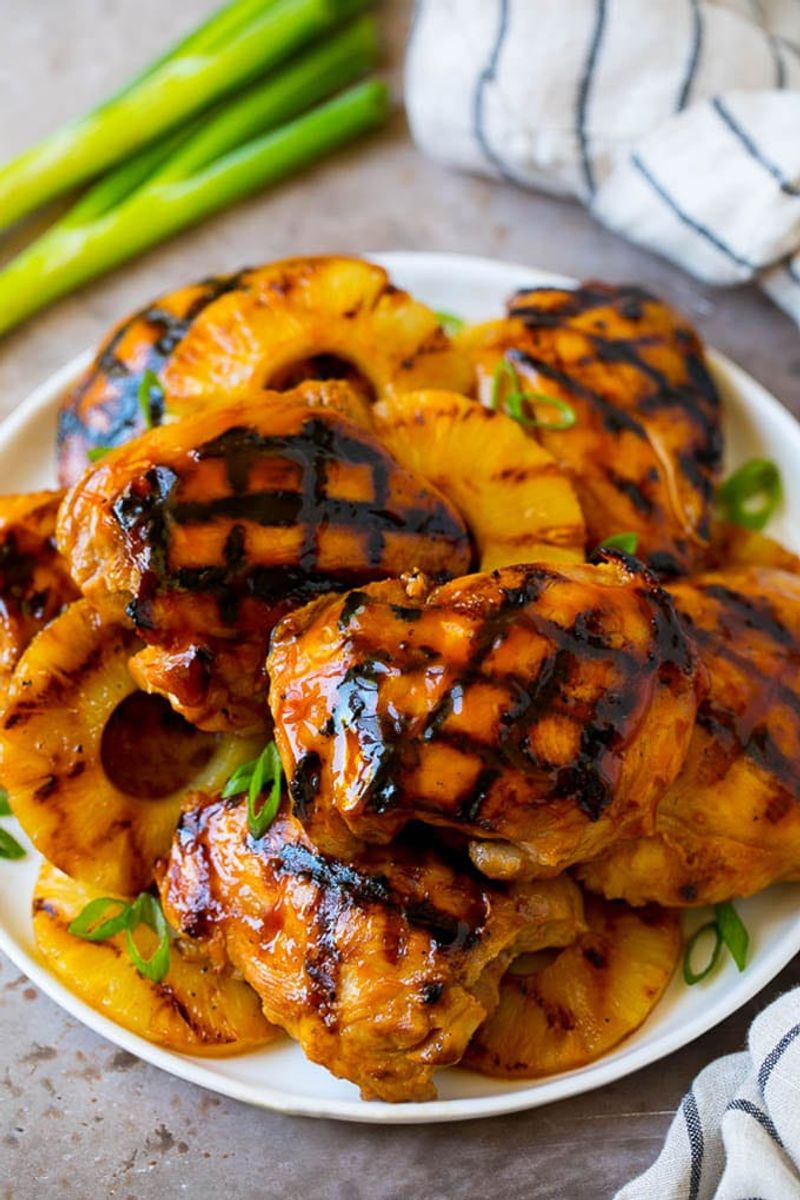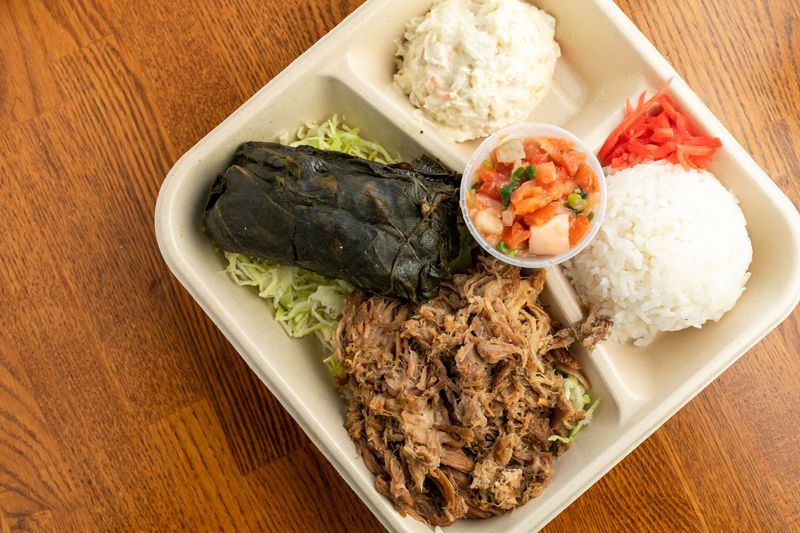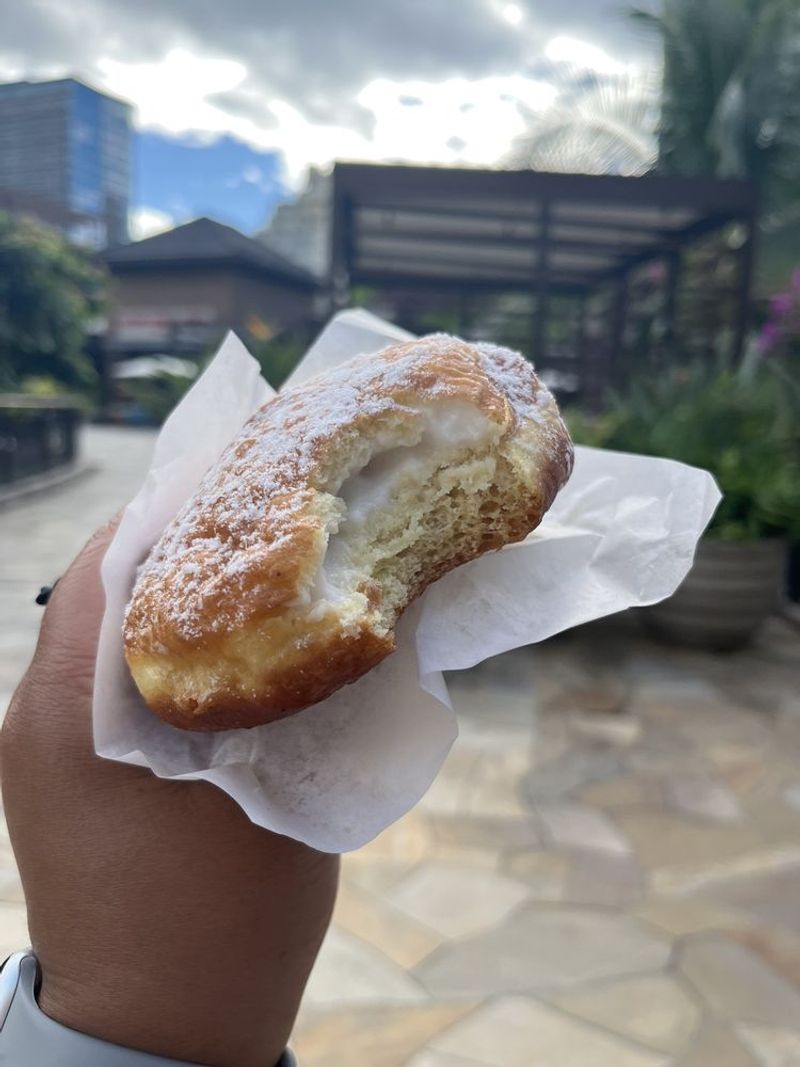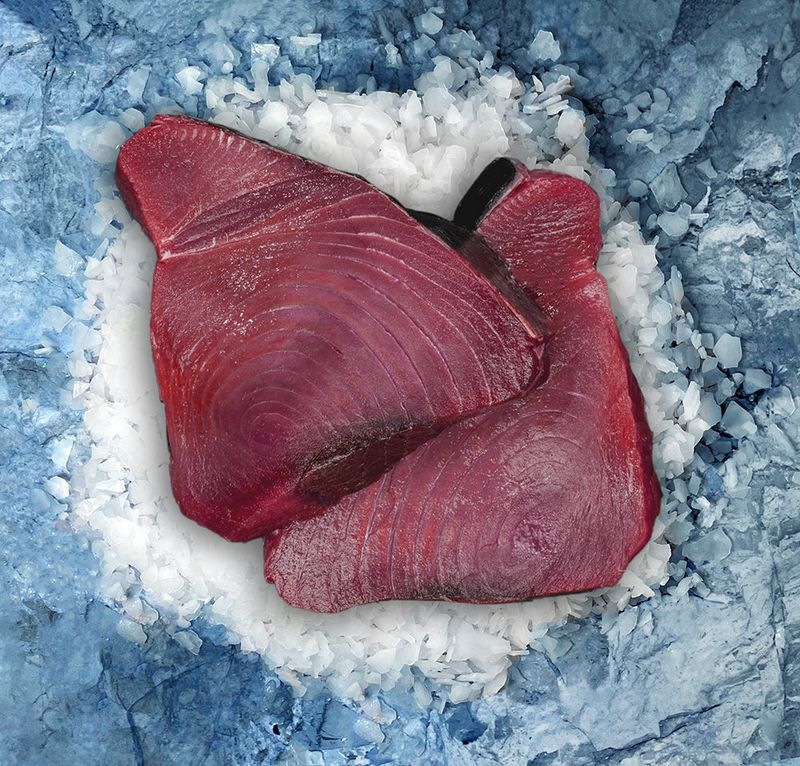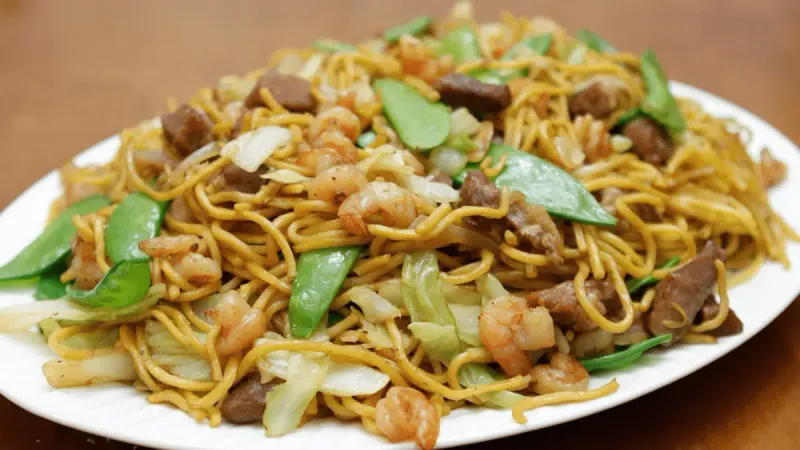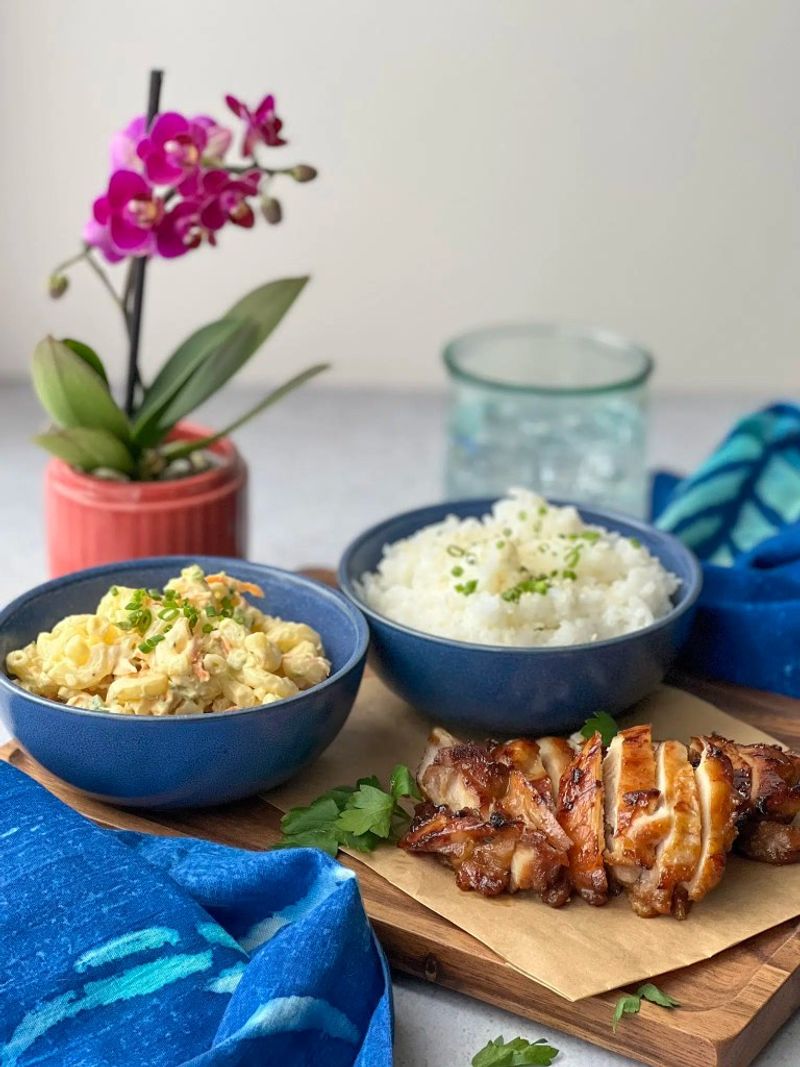Hawaii offers one of America’s most exciting food scenes, where ocean-fresh seafood meets bold fusion flavors and traditional island dishes. The Aloha State’s cuisine tells the story of diverse cultures blending together, from native Hawaiian traditions to influences from Asia, Portugal, and the mainland United States. Every meal becomes an adventure when you explore Hawaii’s unique culinary landscape.
1. Master the Art of Eating Fresh Poke
Raw ahi tuna cubed and seasoned with sea salt creates Hawaii’s most famous dish. Traditional poke gets its flavor from soy sauce, sesame oil, and chopped green onions, though modern versions include spicy mayo or avocado.
You’ll find poke everywhere from grocery stores to high-end restaurants. Each island has its own style, with some featuring octopus or other fresh catches.
The key is eating it fresh – never let poke sit too long. Pair it with steamed rice for a complete meal that showcases Hawaii’s ocean bounty perfectly.
2. Experience Traditional Kalua Pig from the Imu
Underground ovens called imu transform whole pigs into incredibly tender, smoky meat. The process takes all day, with pork wrapped in banana leaves and buried with hot lava rocks.
This ancient cooking method creates meat so tender it falls apart with a fork. The smoky flavor comes from the earth and leaves, not artificial smoke.
You’ll taste kalua pig at luaus and local gatherings. Many restaurants now offer their own versions, though nothing beats the traditional imu preparation for authentic Hawaiian flavor and cultural significance.
3. Embrace the Comfort of Loco Moco
Born in Hilo during 1949, this hearty dish stacks a hamburger patty over white rice. A fried egg sits on top, while brown gravy covers everything in savory goodness.
Local teenagers wanted something cheap and filling, leading to this brilliant fusion creation. The combination sounds unusual but works perfectly together.
Every diner and plate lunch spot serves their own version. Some add bacon or substitute different proteins, but the basic formula remains unchanged. It’s pure comfort food that represents Hawaii’s creative spirit beautifully.
4. Discover the Story Behind Spam Musubi
World War II brought Spam to Hawaii, where locals transformed the canned meat into an island staple. A slice of grilled Spam sits atop pressed rice, wrapped in crispy nori seaweed.
This portable snack appears in convenience stores, beaches, and hiking trails everywhere. The salty-sweet combination satisfies hunger while telling Hawaii’s wartime history.
Making musubi requires special molds to shape the rice properly. Many families have their own secret techniques for grilling the Spam or seasoning the rice for extra flavor.
5. Savor Sweet and Smoky Huli-Huli Chicken
Roadside stands fill the air with amazing aromas when cooking huli-huli chicken. The name means “turn-turn” in Hawaiian, describing how chicken rotates on spits over open flames.
Pineapple juice, soy sauce, brown sugar, and garlic create the signature glaze. This sweet-savory combination caramelizes beautifully over the fire.
Community fundraisers and local events often feature huli-huli chicken sales. The social aspect makes it special – families gather around grills, sharing stories while the chicken slowly cooks to perfection with its distinctive Hawaiian flavors.
6. Learn About Traditional Hawaiian Staples
Poi, made from pounded taro root, serves as Hawaii’s most important traditional food. Its slightly sour taste comes from natural fermentation, and locals eat it with their fingers.
Laulau wraps salted pork or chicken in taro leaves before steaming for hours. The leaves become tender while infusing the meat with earthy flavors.
Lomi-lomi salmon combines salted fish with tomatoes and onions. Despite the name, salmon isn’t native to Hawaii but became popular through trade with the Pacific Northwest region.
7. Indulge in Island Sweet Treats
Haupia transforms coconut milk into silky pudding that melts in your mouth. This traditional dessert often appears in pies or cut into small squares for easy serving.
Portuguese immigrants brought malasadas – fluffy donuts without holes, rolled in sugar while still warm. Modern versions include tropical fruit fillings like passion fruit or coconut.
Kulolo combines grated taro with coconut milk and sugar, steamed until it reaches fudge-like consistency. This dense dessert requires patience but rewards with rich, unique flavors found nowhere else.
8. Explore Hawaii’s Ocean-to-Table Seafood
Island waters provide incredibly fresh fish daily – ahi, mahi-mahi, ono, and opakapaka arrive at restaurants within hours of being caught. This freshness makes Hawaiian seafood exceptional.
Local chefs prepare fish simply to highlight natural flavors. Grilling, searing, or serving raw in poke lets the ocean taste shine through without heavy sauces.
Seasonal availability means menus change based on what fishermen bring in. This creates excitement and ensures you’re always eating the freshest possible seafood during your Hawaiian dining experiences.
9. Appreciate Hawaii’s Fusion Food Revolution
Plantation workers from Japan, Philippines, Portugal, and China brought their cooking traditions to Hawaii. These flavors blended with native Hawaiian ingredients to create unique fusion cuisine.
Modern chefs continue this tradition, combining techniques and ingredients from multiple cultures. Korean-style short ribs might be served with Portuguese malasada bread and Hawaiian sweet potatoes.
This fusion approach makes Hawaiian cuisine constantly evolving and exciting. Each restaurant offers its own interpretation of how different cultural influences can work together harmoniously on one plate.
10. Understanding Plate Lunch Culture
Two scoops of rice, macaroni salad, and your choice of protein create Hawaii’s beloved plate lunch. This generous portion reflects the islands’ multicultural plantation history.
Workers needed filling, affordable meals that traveled well to the fields. The combination provides carbohydrates, protein, and vegetables in one convenient package.
Local plate lunch shops compete on quality and portion size. Popular proteins include teriyaki chicken, katsu pork, or kalua pig. The macaroni salad recipe often stays secret, passed down through families for generations.
